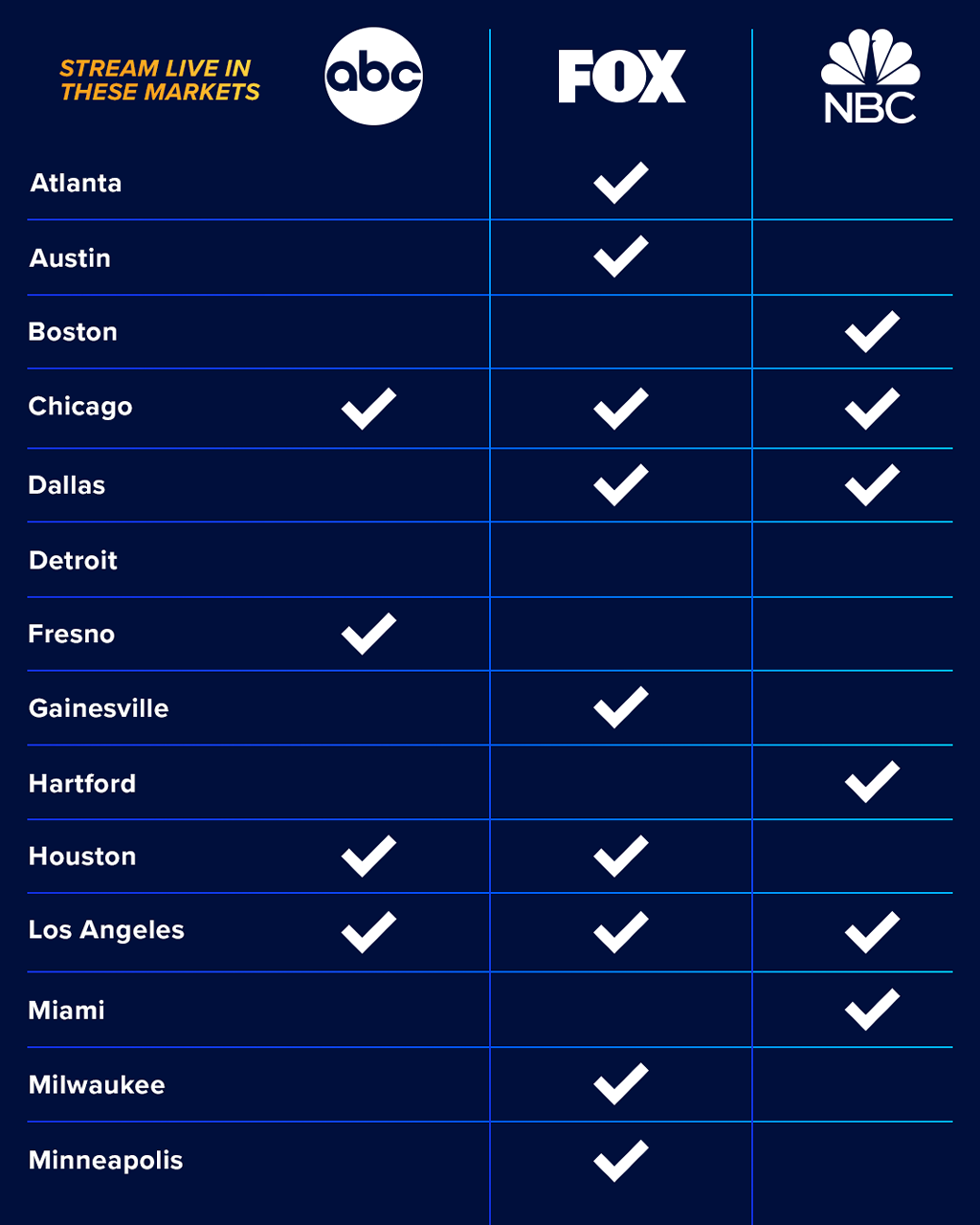The Basic Principles Of Apollo Group Tv
The Basic Principles Of Apollo Group Tv
Blog Article
Our Apollo Group Tv Statements
Table of ContentsOur Apollo Group Tv PDFsThe Single Strategy To Use For Apollo Group TvLittle Known Questions About Apollo Group Tv.The Single Strategy To Use For Apollo Group Tv
In this scenario, as opposed to having three-minute business spots during a 30-minute television program, television programming may change to one where a customer will certainly be required to have a month-to-month membership, to make sure that they cen view targeted banner ads. This sort of advertising and marketing already happens on the net, and the quantity of data television business gather permits them to do a lot the exact same.Describe the impact of sponsors on program material. Explain the major trends among the broadcasting and cable networks. When tv remained in its early stage, manufacturers designed the new medium on radio. Popular radio shows such as cops dramatization Dragnet and western cowboy collection Gunsmoke were adapted for television, and new television programs were sponsored by single advertisers, equally as radio programs had been.
Today, the television sector is even more complicated. Programs are sponsored by numerous marketers; programs is controlled by significant media corporations; and the three significant networks no more dominate the airwaves but rather share their audiences with various cable networks. Several factors make up these patterns within the industry, consisting of technological growths, government regulations, and the production of new networks.

Getting The Apollo Group Tv To Work
Established in 1969, (PBS) established out of a record by the Carnegie Commission on Educational Tv, which examined the function of instructional, noncommercial television on culture. Public tv was also meant to provide universal accessibility to television for audiences in country locations or audiences that can not afford to pay for personal tv services.
The period between 1950 and 1970 is traditionally identified as the. Besides a tiny portion of airtime managed by public tv, the 3 major networks (understood as the Big 3) controlled the tv industry, collectively representing even more than 95 percent of prime-time watching. In 1986, Rupert Murdoch, the head of international company News Corp, introduced the Fox network, testing the prominence of the Big 3.
Targeting young and minority target markets with shows such as Buffy the Vampire Slayer, Moesha, Dawson's Creek, and The Wayans Bros., the new networks wanted to attract terminals away from their old network affiliations. Rather than repeating the success of Fox, UPN and WB battled to make an impact. Unable to attract numerous affiliate stations, both recently established networks got to less families than their bigger competitors since they were inaccessible in some smaller sized cities.
This choice led the means for the advancement of cord motion picture networks, adding to the exponential growth of cable in the 1980s and view it now 1990s. apollo tv group. Additional deregulation of cable television in the 1984 Cable Television Communications Policy Act removed constraints on wire prices, making it possible for drivers to charge what they wanted for wire solutions as long as there worked competition to the service (a criterion that over 90 percent of all wire markets might satisfy)
The Buzz on Apollo Group Tv

Having actually created the very first "superstation," Turner increased his world by founding 24-hour news network CNN in 1980. At the end of the year, 28 nationwide shows solutions were available, and the cable television transformation had actually started. Over the following years, the industry underwent a period of fast development and appeal, and by 1994 visitors can pick from 94 basic and 20 premium cord solutions.
Figure 9 - https://anotepad.com/note/read/j6q3675f.16 Enhanced competitors from cable television networks has caused a consistent decrease in the networks' audience scores. Throughout the 1950s, the cost of producing a solitary tv show raised as shows ended up being much longer and production expenses rose. Sponsorship on network television moved from solitary sponsorship, in which a program was totally supported and created by one marketer, to numerous sponsorship, in which advertisers got 1- or 2-minute places on the program
Choose one of the Big Four networks and print out its regular programs routine. Enjoy the network's prime-time programs over the training course of a week, keeping in mind the target group for each program.
The Facts About Apollo Group Tv Uncovered

Linear TV, usually referred to as conventional program television, encompasses cable television and satellite television. It's called "straight" due to the fact that content complies with a fixed programming routine, unlike on-demand material which the specific visitor decides to view based on their own choices and routine. When you ask, "What is straight Television?", consider it as the classic way of viewing TV that has been around for decades.
Report this page